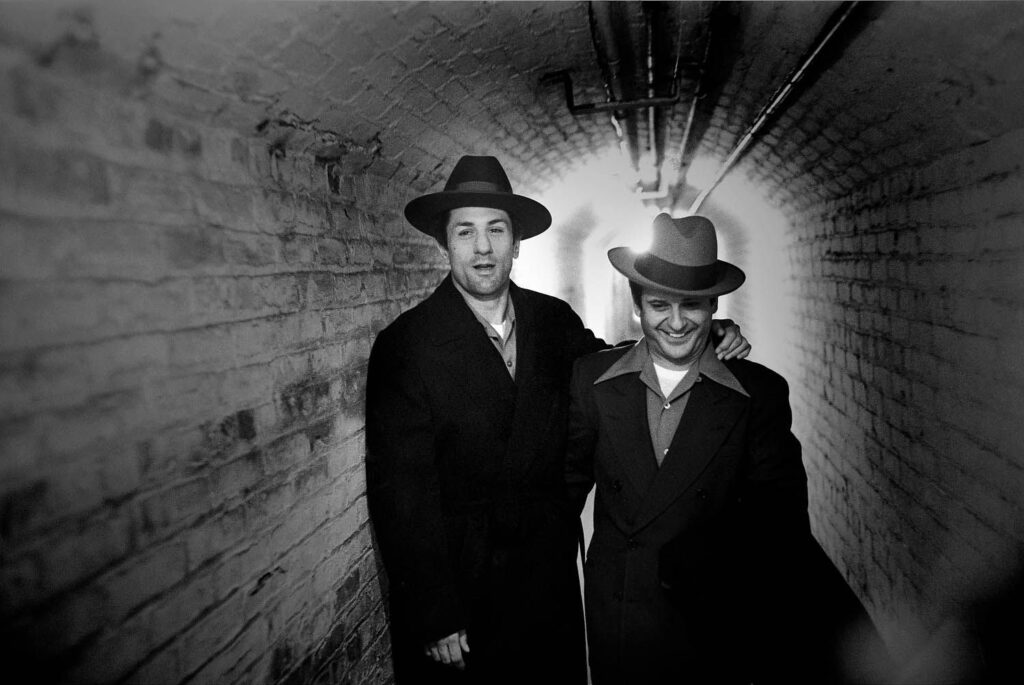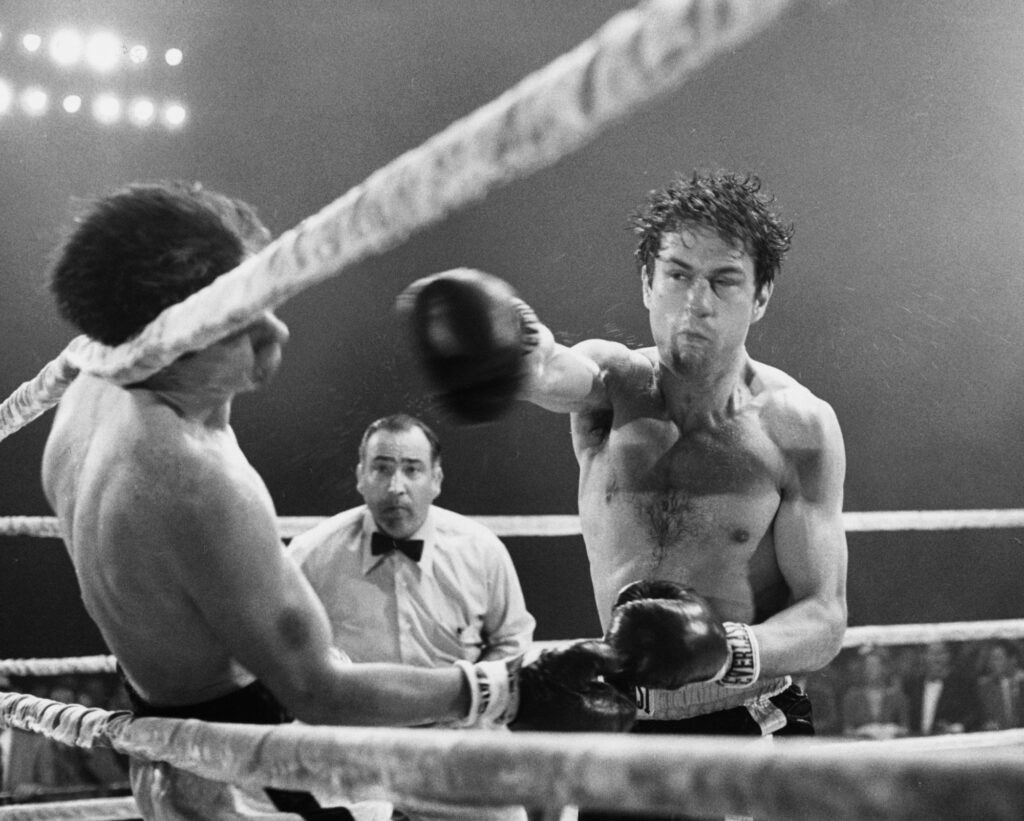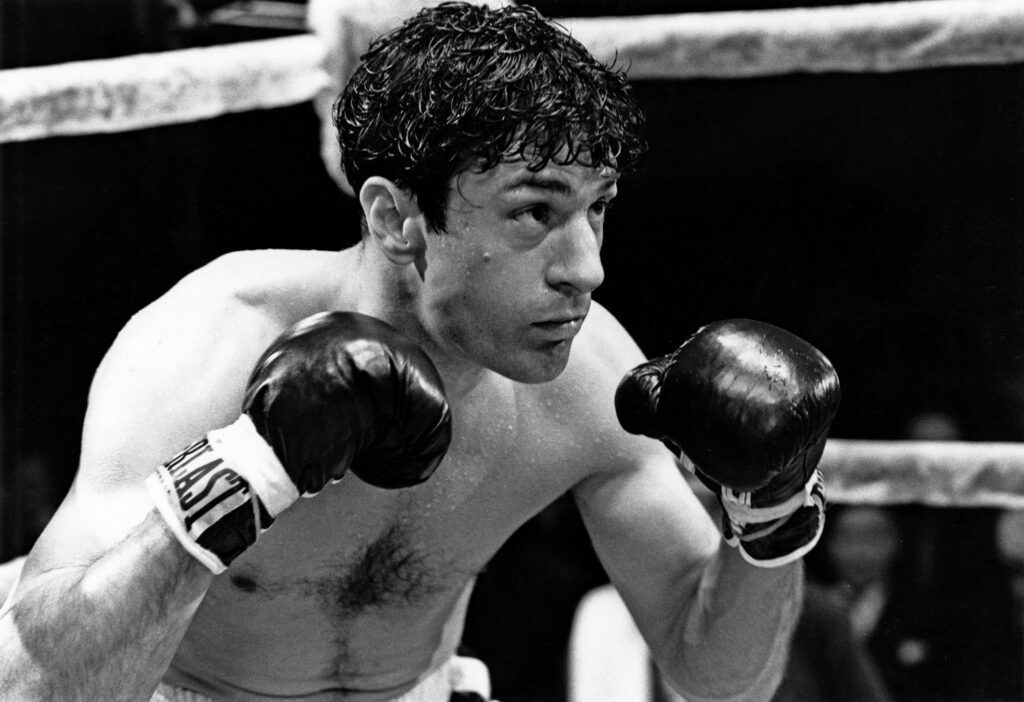Long before the brutality of MMA, the sport of boxing dominated the local and national landscape. It’s hard to imagine a time when HBO pay-per-view bouts would go for hundreds of dollars, and names like Mike Tyson, Evander Holyfield, and Don King would be synonymous with stardom.
Boxing themed movies have been mega-hits for decades, with such memorable titles as “Rocky” and “Million Dollar Baby” becoming classics, and one of the most renowned is the 1980 Martin Scorsese biopic “Raging Bull.” The film was nominated for eight Academy Awards, and would win two. It launched the career of a then-unknown Joe Pesci, and became the first film to be selected for preservation in the National Film Registry in its first year of eligibility.
Watching “Raging Bull” for the first time, I was able to chisel my thoughts with the sharp eye of a film critic. While the art of the moviemaking itself is a breathtaking slice of cinema, including phenomenal performances and effective directorial decisions, the overall plot – the true story of Italian-American boxer Jake LaMotta – is tough to watch from both a standpoint of Scorsese’s typical slow pacing and downright boring parts to the ultimate conclusion that Jake LaMotta was such a despicable person there isn’t really any reason to watch his story at all.

The great Robert De Niro plays LaMotta, and at just 37 years old at the time, is a perfectly natural fit in the boxing ring. De Niro worked out with an actual boxing coach, and has the grace and moves of a seasoned pro, whether taking a dive at the request of a local mobster or beating an opponent senseless in a fit of jealous rage. De Niro would win the award for Best Actor and in truth, the handful of boxing scenes scattered throughout are some of the best in the movie. De Niro has the rare ability to excel in both movies I love and movies I don’t, and that’s a true testament to his unmatched abilities.
Scorsese was a vocal opponent of sports movies, but once convinced by De Niro to make the movie, he took the needed steps to craft a work of art. The decision to film in black and white distinguished this film from other boxing movies of the era, and thrusts the viewer back in time to the 1940s and 50s as we follow the ups and downs of LaMotta, in and out of the ring. The film offers a certain grittiness, which is a major element to all the characters at play.
Joe Pesci was a struggling actor at the time, and would land his big break as Jake LaMotta’s younger brother Joey. There is simply nothing better than watching Robert De Niro and Joe Pesci together on screen. The pairing was made epic in “Goodfellas,” and concluded with “The Irishman.” But this is where it began and they are wonderful to watch together. Every line, look, and bit of dialogue shared between the two is delivered with a deliberate intensity that will make fans of film both devout and casual take notice of excellence.
 When the movie started, I mused to myself that it was a De Niro, Pesci, and Scorsese film that wasn’t mob related. That was debunked quickly a handful of scenes in with the introduction of a mobster named Salvy Batts, played by another favorite actor of mine, Frank Vincent. It’s interesting that Vincent would again play a character named Batts in a more memorable performance a decade later. De Niro, Pesci, Scorsese, Vincent – these guys own period pieces.
When the movie started, I mused to myself that it was a De Niro, Pesci, and Scorsese film that wasn’t mob related. That was debunked quickly a handful of scenes in with the introduction of a mobster named Salvy Batts, played by another favorite actor of mine, Frank Vincent. It’s interesting that Vincent would again play a character named Batts in a more memorable performance a decade later. De Niro, Pesci, Scorsese, Vincent – these guys own period pieces.
What I loved was Scorsese’s ability to paint a picture of a lower class Italian-American family in a 1940s Bronx neighborhood. LaMotta is self-destructive, and mentally and physically abusive to his trio of wives ranging from overcooked food to thoughts of infidelity. The movie holds no punches in this ring, pun intended, and can be quite difficult to watch at times. The score is limited but excellent when present. But the story itself isn’t one of great appeal, and the sluggish parts are so abundant at times you’ll feel every minute of the 2:09 run time like you’re in the ring with Muhammad Ali.
“Raging Bull” has everything needed to be a Man Movie. Fights, blood, mobsters, and dames. It tells a true story in an artful way, though the outcome may be a story better left untold.


